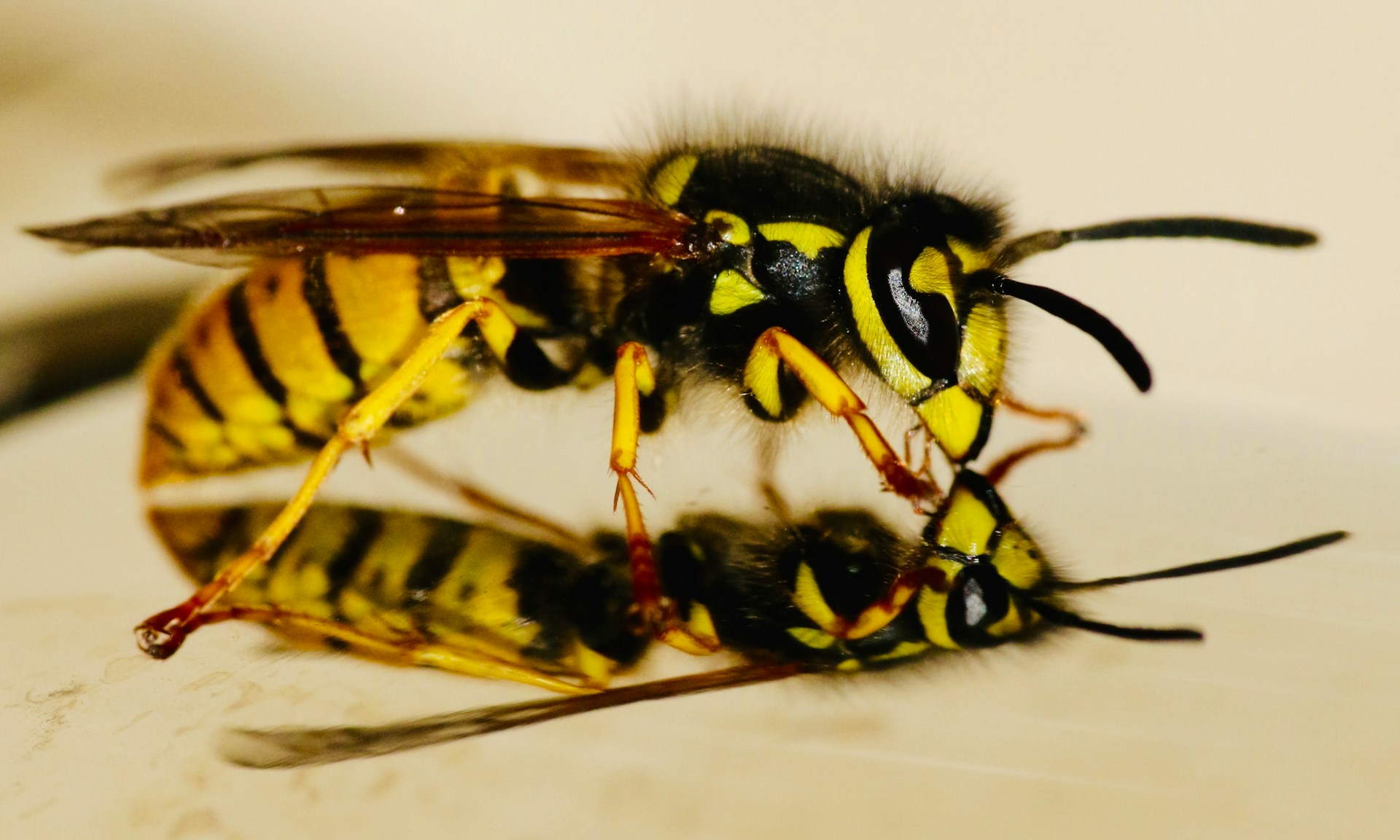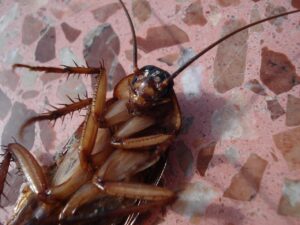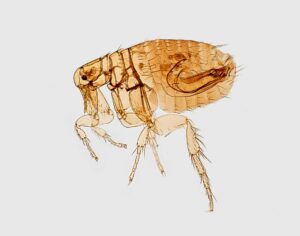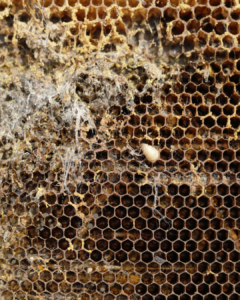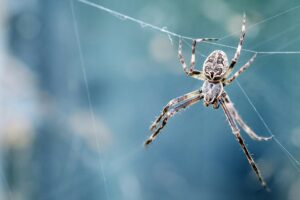There’s nothing quite like a backyard BBQ. Enjoying grilling, fresh air, and time with friends or family. But nothing ruins the moment faster than uninvited guests of the buzzing, stinging variety. Stinging pests such as wasps, hornets, and bees are not just a nuisance; they can present serious health risks, especially for those with allergies.
Understanding how to manage and reduce stinging pests around your outdoor spaces is critical to keeping your summer gatherings safe and enjoyable. With the right knowledge and prevention strategies, you can reclaim your yard and entertain with peace of mind.
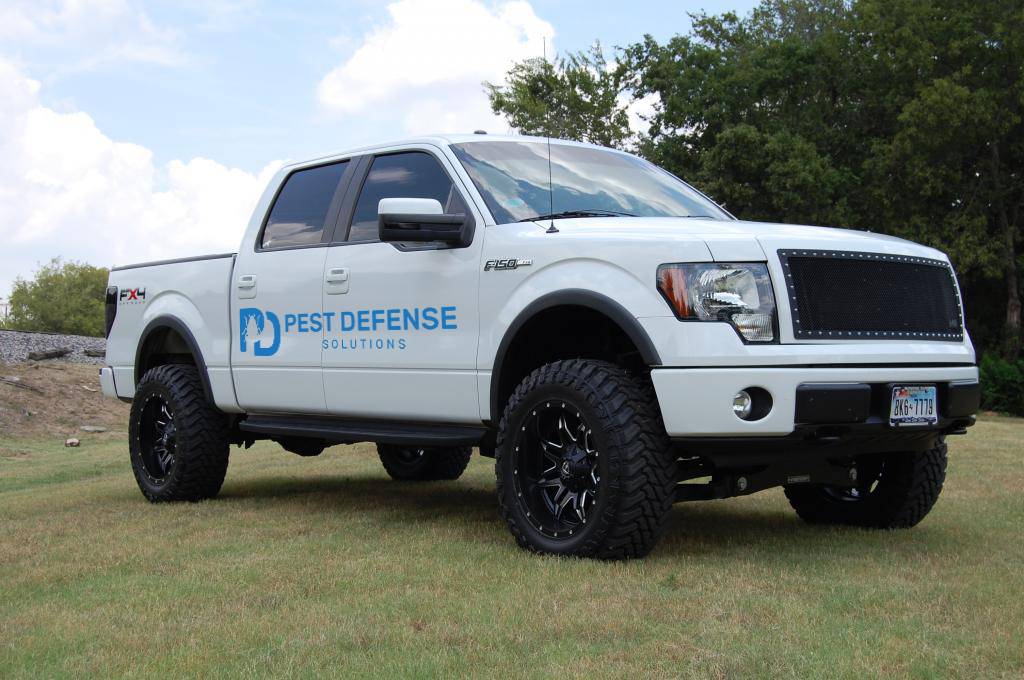
The Dangers of Stinging Pests
Stinging pests like yellowjackets, paper wasps, and hornets are territorial and can become aggressive when disturbed. Unlike bees, which typically sting only once, wasps and hornets can sting multiple times and are more likely to do so if they feel their nest is threatened.
For individuals allergic to insect venom, a single sting can cause anaphylaxis, a life-threatening reaction that requires immediate medical attention. Even without allergies, multiple stings can be painful and may lead to infection or swelling. Children and pets are especially vulnerable, as they may not recognize warning signs or know how to react.
Given these risks, keeping stinging pests away from areas where people gather and eat is not just a matter of comfort, but it’s a matter of safety.
What Attracts Stinging Pests to BBQs?
Stinging pests are drawn to many of the same things we enjoy during a cookout. Sweet drinks, sugary desserts, grilled meats, and even bright-colored tableware can attract these insects. Additionally, open trash bins, unclean grills, and leftover food provide prime opportunities for foraging pests to feed.
Common attractants include:
- Soda cans, fruit juices, and sugary cocktails
- Ripe fruits and sticky residues on tables or decks
- Protein-rich foods like burgers and hot dogs
- Scented lotions, perfumes, or candles
- Exposed food waste or uncovered trash
Recognizing these attractants is the first step to minimizing your yard’s appeal to stinging pests during an event.
Simple Prevention Tips for Outdoor Gatherings
Keeping stinging pests away starts with proactive planning. A few adjustments to your BBQ setup can make a big difference in reducing pest activity.
Here are expert-backed prevention tips:
- Keep food covered: Use mesh food tents or tightly sealed containers to block pest access.
- Serve drinks with lids or straws: Bees and wasps often crawl inside open cans or bottles.
- Set up a trash control system: Use bins with tight-fitting lids and keep them away from eating areas.
- Clean up promptly: Remove crumbs, spills, and used plates immediately after eating.
- Avoid wearing strong scents: Floral perfumes or heavily scented lotions can attract insects.
If bees are a concern specifically, it’s important to keep bees away using methods that don’t harm beneficial pollinators in the process. Balancing safety with environmental awareness helps protect both your guests and your garden.
Identifying and Removing Nests
If stinging pests are consistently present in your yard, there may be a nest nearby. Wasps and hornets build nests in sheltered areas such as under eaves, inside tree hollows, in shrubs, or even underground. Paper wasps often form umbrella-shaped nests on porches or overhangs, while yellowjackets tend to nest in the ground or wall voids.
Signs of a nearby nest may include:
- Frequent bee or wasp traffic in a specific direction
- Buzzing sounds near rooflines, soffits, or trees
- Visible nests attached to structures or foliage
- Insect activity around hollow walls, fence posts, or vents
Removing a nest should never be a DIY project. Disturbing a colony can provoke an aggressive defense response. Professional pest control experts have the equipment and expertise to safely locate and remove nests, especially when access is difficult or the species is aggressive.
When to Call for Professional Help
Sometimes, despite your best efforts, stinging pests continue to be a problem. If you’ve taken steps to reduce attractants and are still seeing consistent pest activity or if you suspect a nest is on your property, professional intervention is the safest and most effective next step.
Professionals can provide:
- Accurate species identification (which influences treatment options)
- Safe and humane nest removal
- Preventive treatments and exclusion techniques
- Recommendations for ongoing seasonal pest control
Especially in areas with a history of stinging pest problems, routine inspections and maintenance can provide long-term relief and peace of mind.
Final Thoughts: Protecting Your Outdoor Spaces
A backyard BBQ should be about good food, great company, and warm memories, not dodging wasps or worrying about bee stings. While stinging pests serve a role in the ecosystem, they have no place near your grill, picnic table, or gathering space.
By understanding what attracts these pests and taking strategic steps to prevent them, you can enjoy your outdoor events without worry. Still, some infestations require more than surface-level fixes. When nests are present or pest activity escalates, professional help ensures safety and long-term control.To safely manage stinging pests and protect your backyard gatherings, contact Pest Defense Solutions for expert pest control services you can trust.


